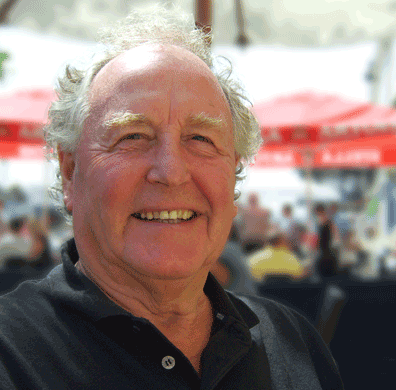Name Robert Tricker Full Name Robert Ian Tricker | ||
 | ||
Books Essential director, International corporate governance, Directors: An A‑Z Guide, Essentials for Board Directors, Pocket Director | ||
Bob Tricker is an expert in corporate governance who wrote the first book to use the title Corporate Governance in 1984, based on his research at Nuffield College, Oxford. He was also the founder-editor of the research journal Corporate Governance - an international review (1993) .
Contents

Biography
I have always regarded Bob Tricker as the Father of Corporate Governance since his 1984 book introduced me to the words corporate governance.
Leaving King Henry VIII Grammar School, Coventry at 16, qualifying as a chartered accountant at 21, serving as an officer in the Royal Navy, and being financial controller of a manufacturing company are not the most obvious steps towards an academic career. But after studying at the Harvard Business School and Oxford University(P.D. Leake Research Fellow 1966/67), Bob Tricker became the first professor of management information systems at the University of Warwick (1967–1970). He then returned to Oxford as Director of the Oxford Centre for Management Studies (1971–79) and to a Research Fellowship at Nuffield College, Oxford (1979–1984), where he undertook the research that led to Corporate Governance (1984).
Bob Tricker was awarded a doctorate (D.Litt) by the UK Council for National Academic Awards, and has served on the Councils of both the Institute of Chartered Accountants in England and Wales and the Institute of Chartered Management Accountants. In 1984 he set up the Hong Kong Management Development Centre, and was appointed Professor of Finance at the University of Hong Kong, a post he held until 1996.
Currently he is a member of the editorial board of Corporate Governance – an international Review, one of the judges in the annual Hong Kong Institute of CPA’s Best Corporate Governance Disclosure Awards competition, and holds honorary or adjunct professorships of three universities. He is an emeritus associate of Aon - Regional Corporate Governance Practice based in Hong Kong.
Official reports
Contributions to corporate governance
Two insights, developed by Tricker, are frequently referenced and used in corporate governance analysis:
Management can be depicted as a hierarchy: the triangle in the diagram below. The board of directors or other governing body is superimposed on management: the circle in the diagram. Its members do not form a hierarchy. All have equal rights and duties.
A unitary board has both outside, non-executivedirectors (shown as Ο in the diagram) and executive directors (shown as ০ in the diagram), who must wear two hats – as directors on the board and top executives in the management hierarchy. The diagram emphasizes the different power structures of boards composed entirely of executive directors, those with a minority of outside, non-executive directors, those with a majority of outside, non-executive directors, and supervisory boards composed entirely of outside directors.
